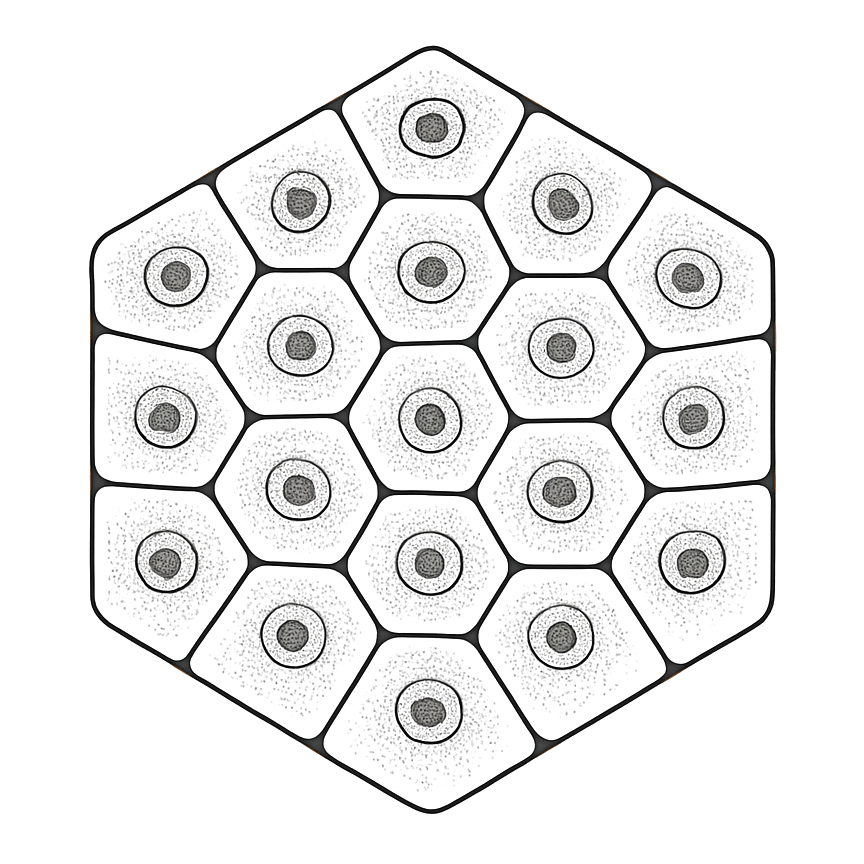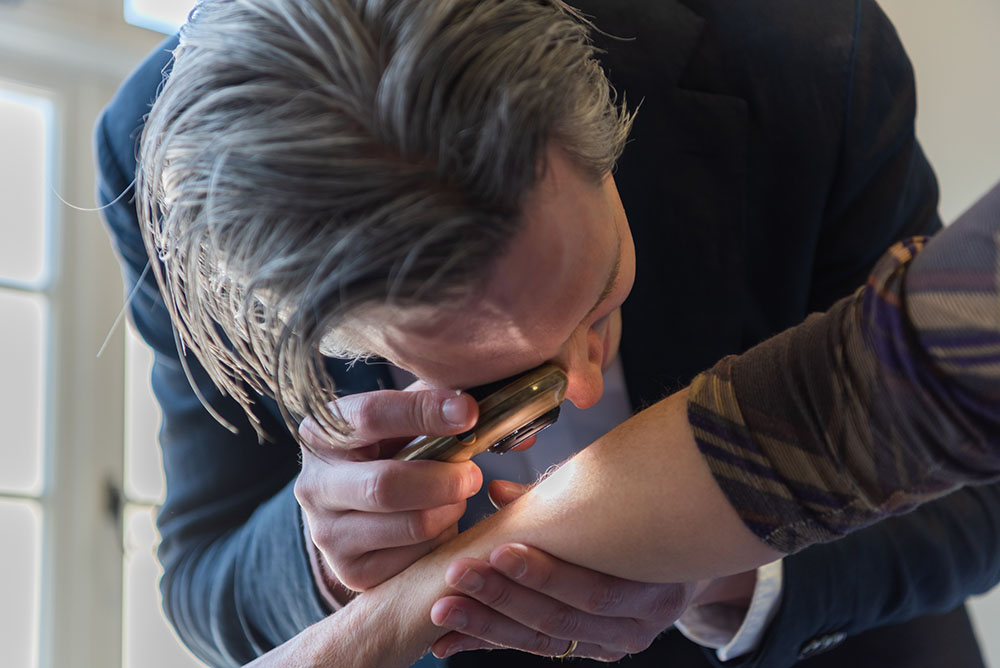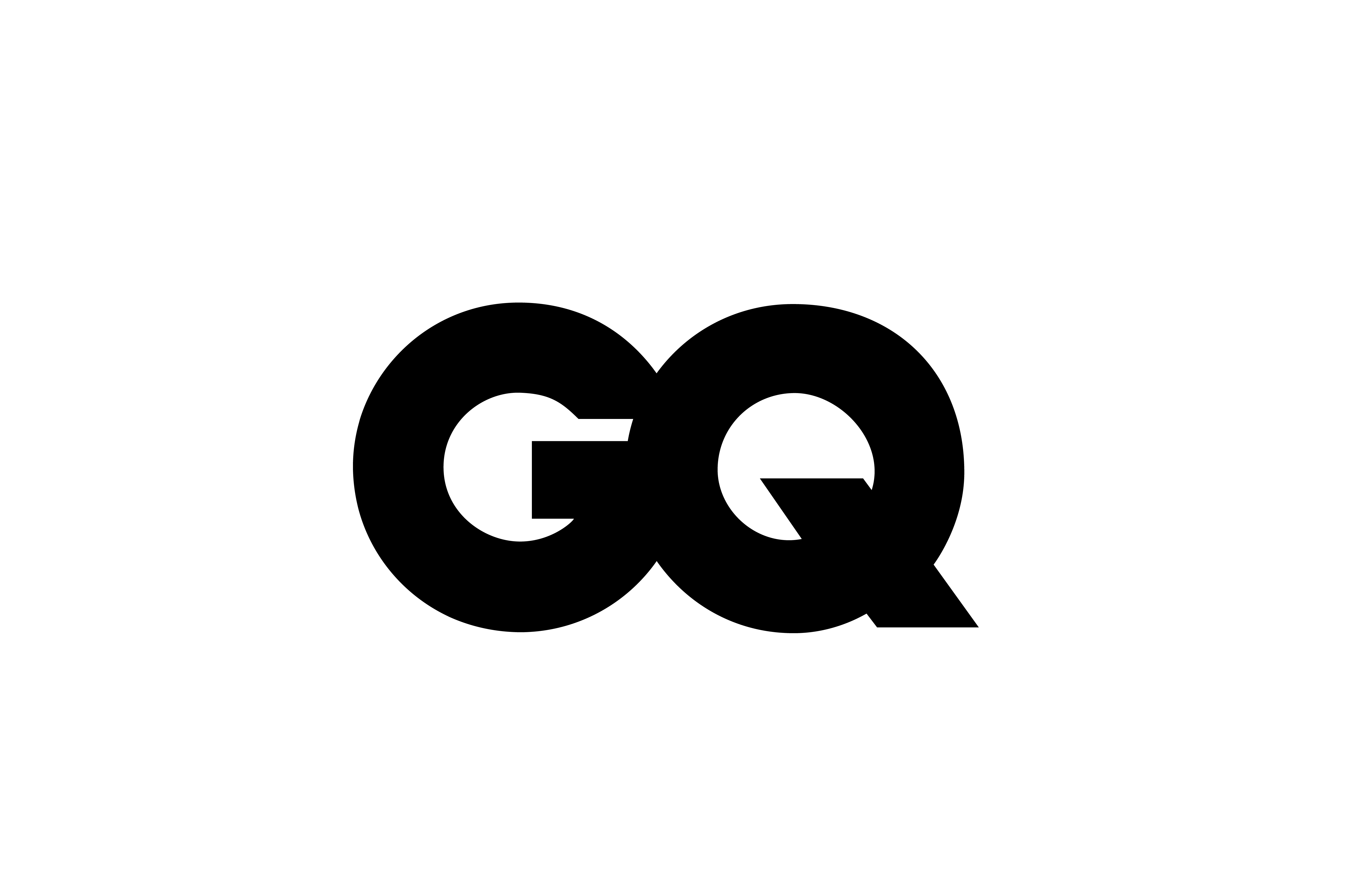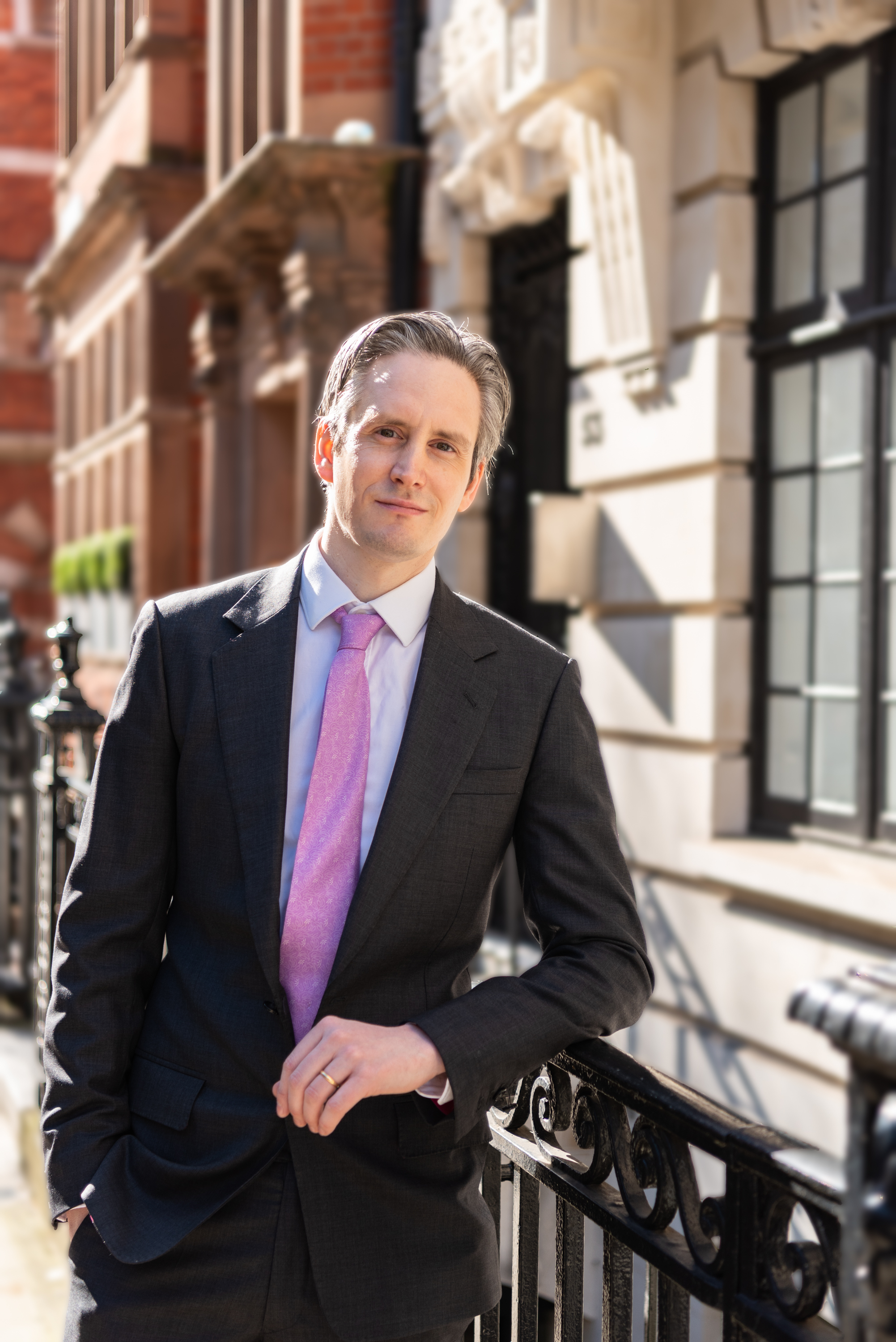
Skin Cancer Screening in London: What Actually Happens at the Appointment?

Booking a skin cancer check is one of the most important steps you can take for skin health. However, for many people, the thought of a full-body skin exam can feel a little daunting. What does it actually involve? What will I be looking for? And what happens if something concerning is found?
As a Consultant Dermatologist performing daily skin cancer screenings in my London clinic, my goal is to make the process as comfortable, professional, and reassuring as possible. This article will walk you through exactly what to expect during a skin cancer screening appointment so you know precisely what to expect.

Why is Skin Screening So Important?
Early detection is the single most important factor in achieving a successful outcome for skin cancer. When caught early, the vast majority of skin cancers, including the most serious form, melanoma, are highly treatable. A skin check by a consultant dermatologist allows for the identification of lesions that you may not have noticed or that may look inconspicuous to the untrained eye. Regular screening is particularly vital for individuals with more risk factors for skin cancer, but it is a valuable preventative health measure for everyone.

How to Prepare for Your Mole Check Appointment

Some basic preparation can help make your appointment as efficient as possible. I recommend the following:
- Perform a Self-Check First: Take a look over your own skin before you come in. Make a mental note or a written list of any spots or moles you are particularly concerned about, particularly if you think they may be new or may have changed in appearance.
- Remove Makeup and Nail Polish:If possible, it is best to attend with clean skin without makeup. If you prefer to wear makeup to travel to the appointment then you can remove it before the appointment and then reapply after. Skin cancers can also occur on the nail beds, so so not attend with nail polish or artificial nails if you would like me to examine these sites.
- Consider Your History: Be ready to discuss your personal and family history of skin cancer and sun exposure. If family members have been previously treated for skin cancer try to find out what type it was.

Step 1: The Initial Consultation
I will start by asking you to tell me about any specific concerns you have. This is your opportunity to point out any skin lesions that you have noticed.
I will then ask a series of questions to build a complete picture of your skin cancer risk profile. This includes family history of skin cancer, and your general medical history.

Step 2: The Full-Body Skin Examination
I will offer to a full-body skin examination, however if you prefer we can just focus on specific areas that concern you. For a full skin examination, you will be asked to undress to your underwear. A gown is available to wear. A female chaperone will be present throughout the examination for all female patients, and a chaperone is also available upon request for male patients.
The examination itself is systematic. I will carefully check your skin from head to toe, including areas that can be difficult for you to see yourself, such as:
- Your scalp and behind your ears
- Your back and the back of your legs
- In between your fingers and toes
- The soles of your feet
I will pay close attention to any moles you have highlighted, but I will also be looking for any other lesions.

Step 3: Dermatoscopic examination
During the skin check, I use a handheld device called a dermatoscope. This is a skin microscope with a specialised polarised light source that allows me to see structures within the skin that are not visible to the naked eye.
Dermoscopy is a painless and non-invasive technique that significantly increases the accuracy of diagnosing skin cancer. It helps me to differentiate between a harmless mole and a potentially dangerous one by revealing specific patterns, colours, and structures. This state-of-the-art technology is a standard part of every mole check I perform in London, and helps me to identify early-stage skin cancers with greater confidence and avoid unnecessary biopsies of benign lesions.

What if a Suspicious Mole is Found?
It is understandable to feel anxious if I identify a lesion that requires further evaluation. Finding a suspicious spot does not necessarily mean you have skin cancer. It may simply be an atypical (unusual) but benign mole that needs monitoring or removal as a precaution.
If I do find a lesion of concern, I will discuss it with you immediately and explain the recommended next steps, which may include one of the following:
- Digital Monitoring: I may take a high-resolution dermatoscopic photograph of the lesion. This creates a baseline image, allowing us to accurately monitor it for any subtle changes over a period of months. This is a key part of Mole Mapping
- Biopsy: If a lesion is more suspicious for skin cancer, I will recommend a biopsy. This is a minor procedure performed under local anaesthetic to remove all or part of the lesion. The sample is then sent to a specialist dermatopathology laboratory for analysis.
Throughout this process, I will ensure you are fully informed and have the opportunity to ask any questions you may have.

After Your Appointment
Following your appointment (usually later the same day), I will provide you with a detailed written record of my findings along with a clear, written plan.
If no suspicious lesions were found, I will provide you with advice on self-monitoring and if needed recommend a suitable interval for your next skin check. If a biopsy was performed, results are usually ready within 1-2 weeks.

Take the next step: How I can help
If you have any concerns about a mole or lesion, or if you would like a comprehensive skin check, you can schedule a consultation.
I consult with private patients at several well-appointed and conveniently located sites across central London:
- London Bridge Hospital: Conveniently situated within The Shard, next to London Bridge station.
- Skin55 Ltd: Located at 55 Harley Street, this beautiful Edwardian building houses one of the largest private dermatology facilities in the UK with a comprehensive laser suite.
- OneWelbeck: Located close to Bond Street underground station. Mohs surgery, lasers, and other skin surgeries are performed in the state-of-the-art surgical suite here.
A new consultation is £250, a follow up consultation is £220. For more information on fees, please visit Prices.














